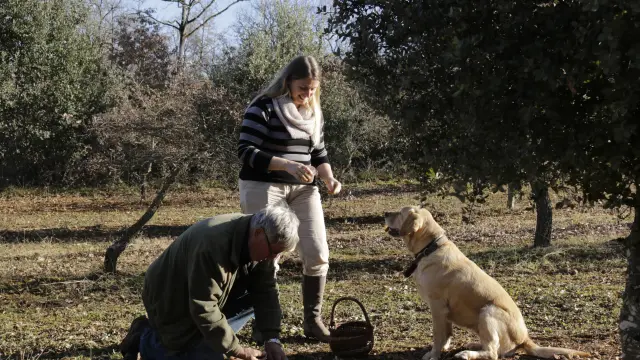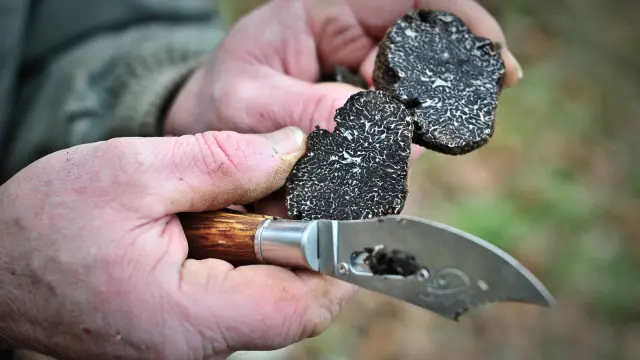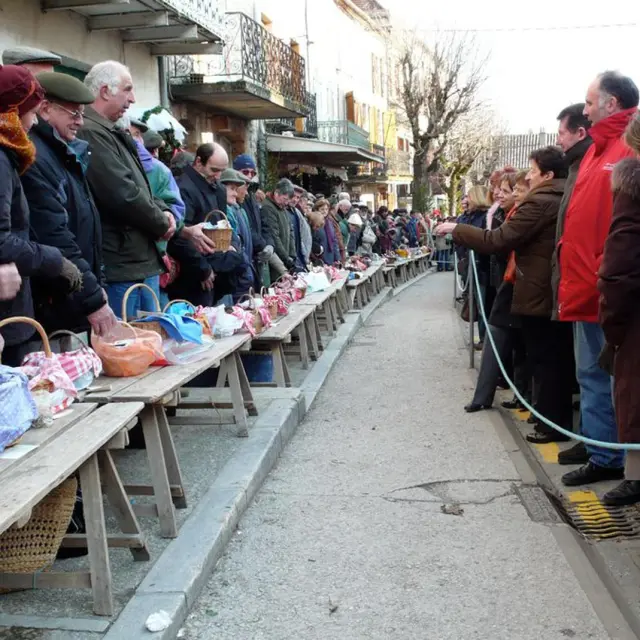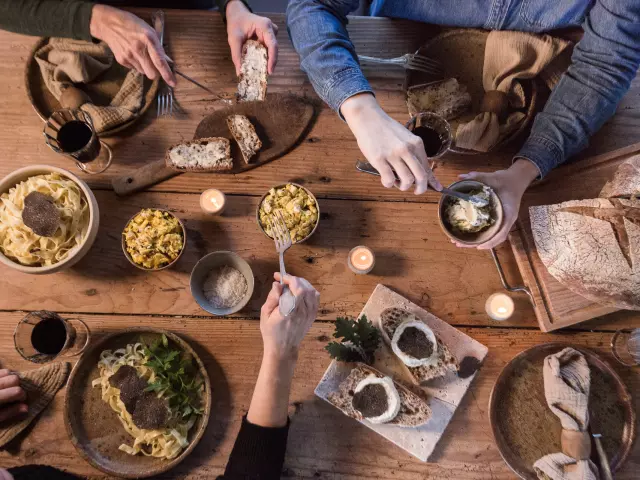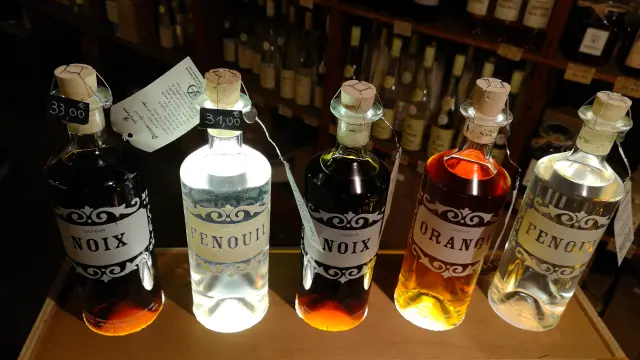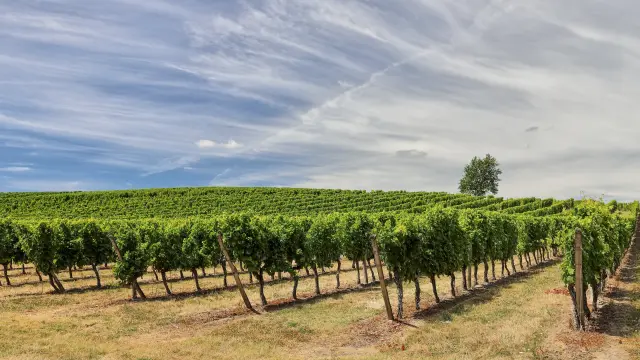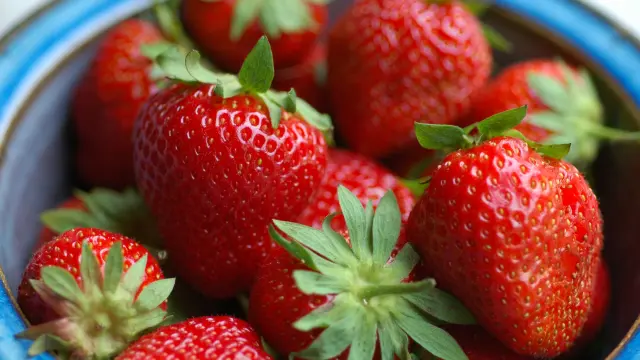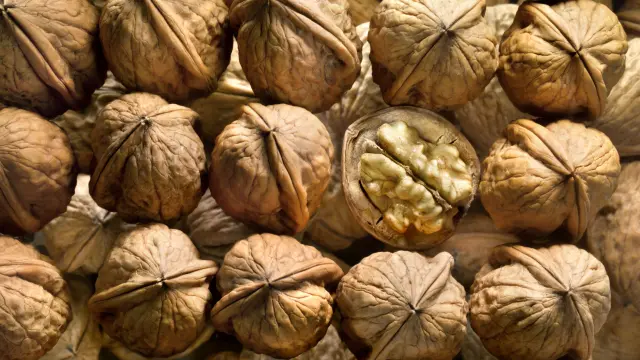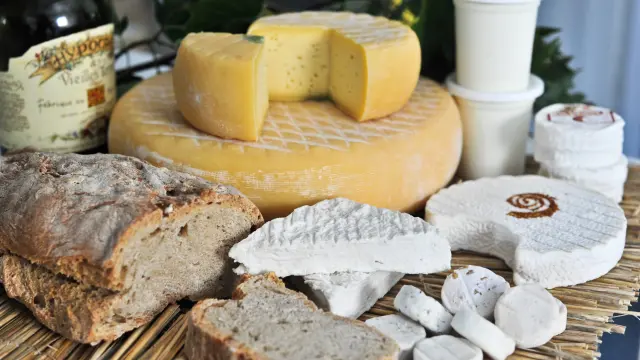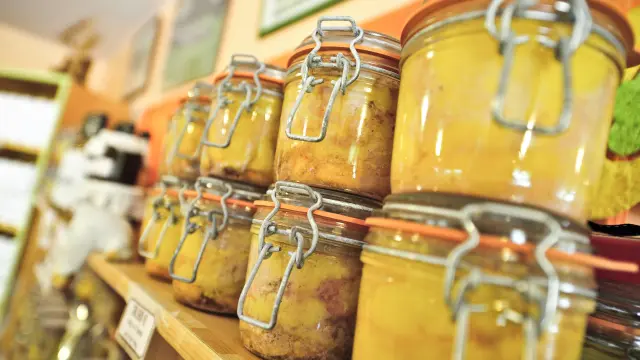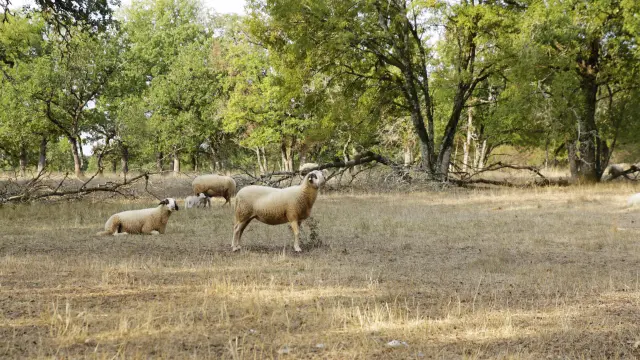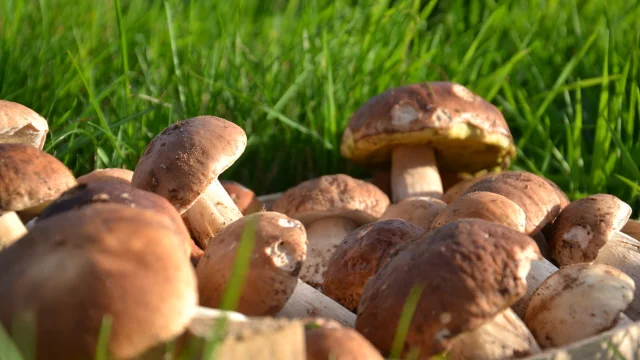Winter truffle season is the most celebrated time of year. It all begins in Cuzance, where the mid-December truffle fair kicks off the season with a market and a spectacular gastronomic meal. Here you can taste specialties such as truffle risotto and brouillade aux truffes (scrambled eggs with truffle), a truly authentic experience.
January brings the famous Sarlat Truffle Festival, a two-day extravaganza where locals and visitors gather to taste, buy, cook, and indulge in truffles in every form imaginable. Also watch out for the prized truffle markets in Martel where you can purchase the precious mushroom just before Christmas and again in January.
Close to Périgueux, the village of Sorges is another must-visit destination for truffle lovers. Every Sunday morning from early December to the end of January, the Sorges truffle market opens its doors. Each truffle that enters the market hall is carefully inspected by the truffle farming federation, ensuring only the highest quality is sold.
To dive deeper into the secrets of the truffle, the Truffle Écomuseum in Sorges-et-Ligueux-en-Périgord offers a fascinating visit. Set in a beautifully restored 18th-century farmhouse, the museum showcases truffle species, cultivation and gastronomy, with outdoor truffle groves and convenient parking nearby.
Rounding out the winter festivities is Truffes en Folie, held the last weekend of January in Sorges, featuring cooking demonstrations, omelette competitions, conferences, award-winning markets, a lively truffle village, and of course, the unmissable truffle lunch on Sunday.
But truffles are not just for winter. The Saint-Alvère summer truffle market, held every Monday in June and July, celebrates the lighter, more affordable summer truffle. These truffles, whiter inside and slightly less fragrant than their winter cousins, still offer a delightful introduction to truffle flavours.
Together, Saint-Alvère and Sorges, both near Périgueux, provide year-round opportunities to experience the unique culture and taste of truffles in the Dordogne Valley.



